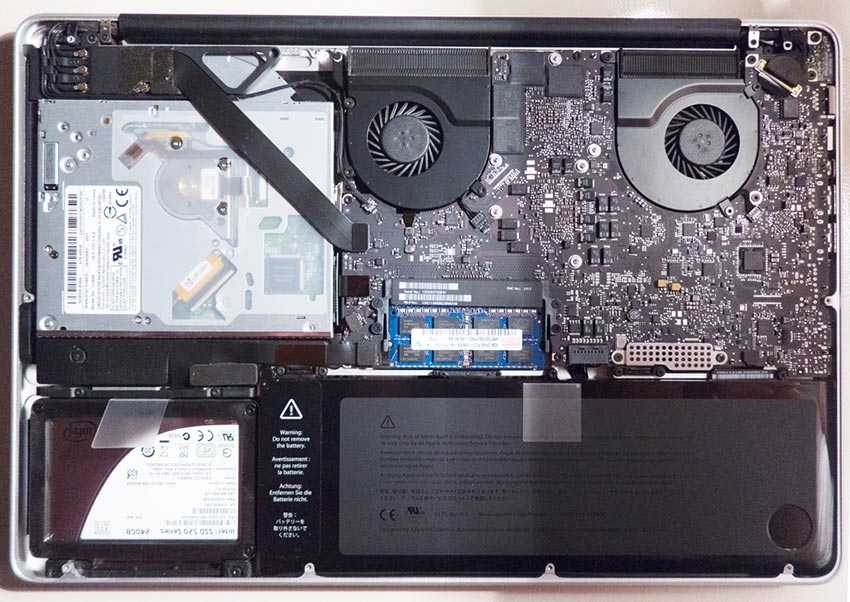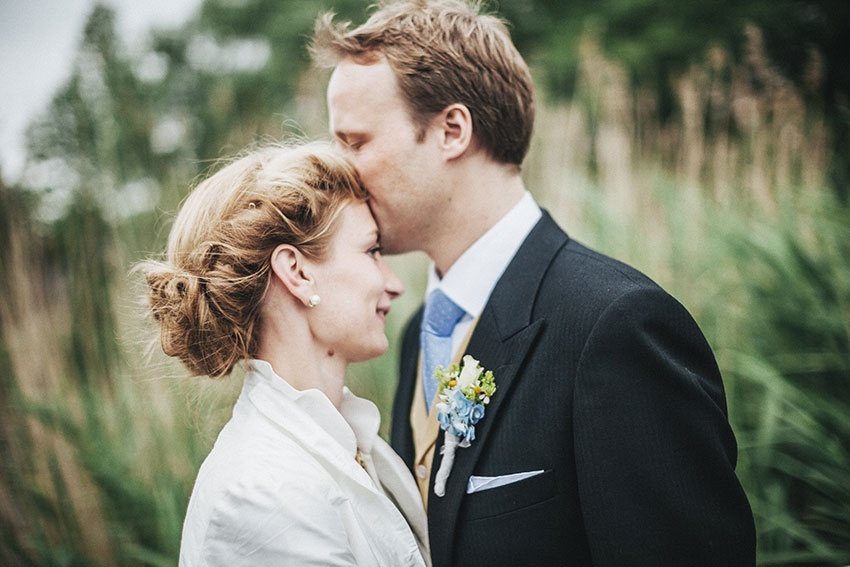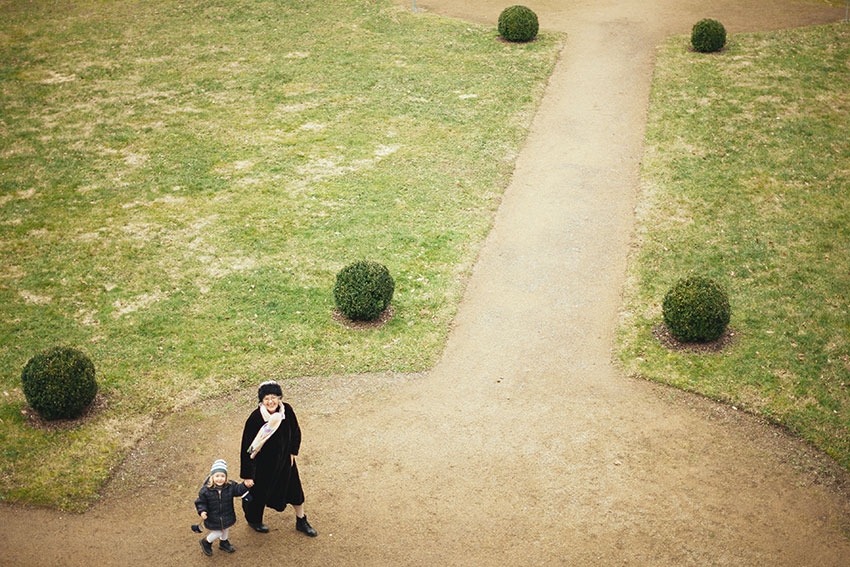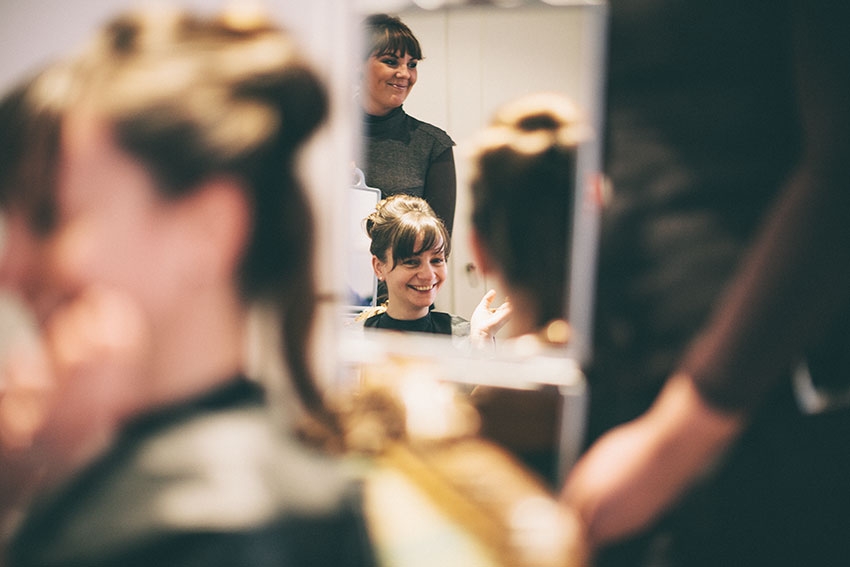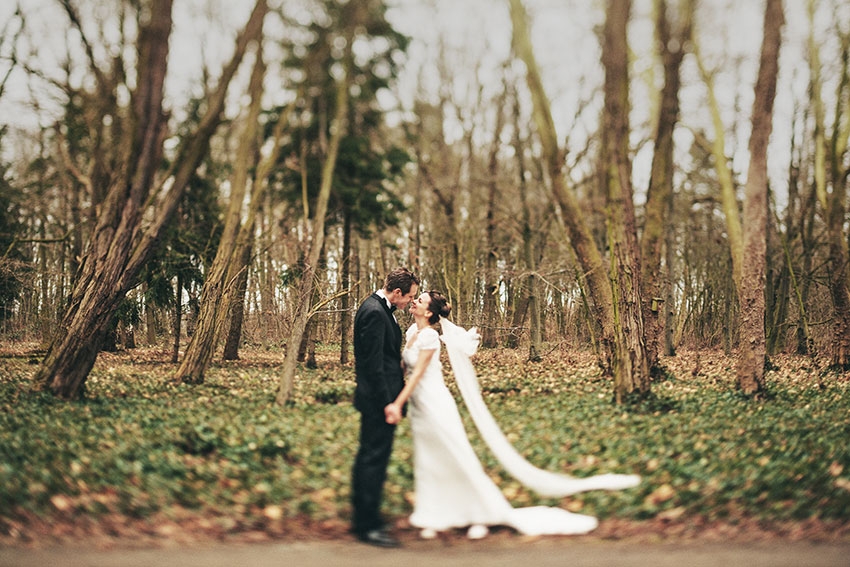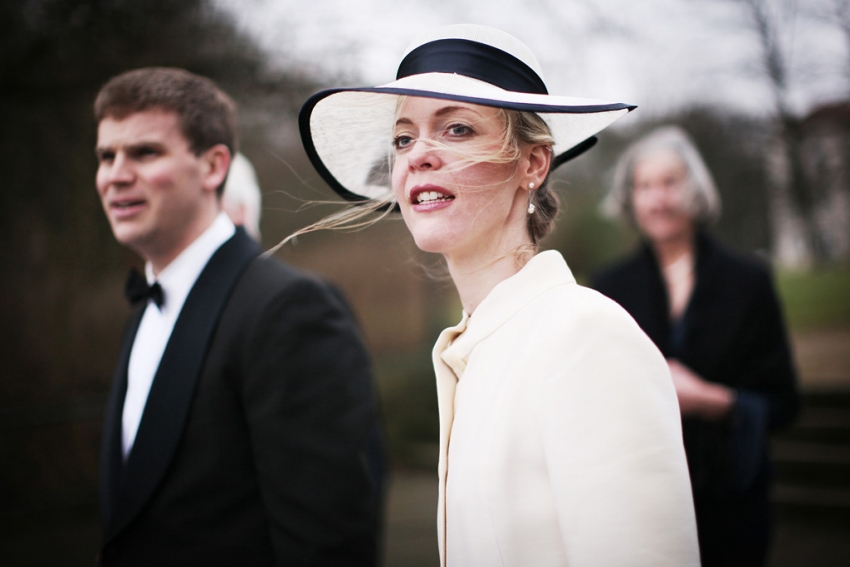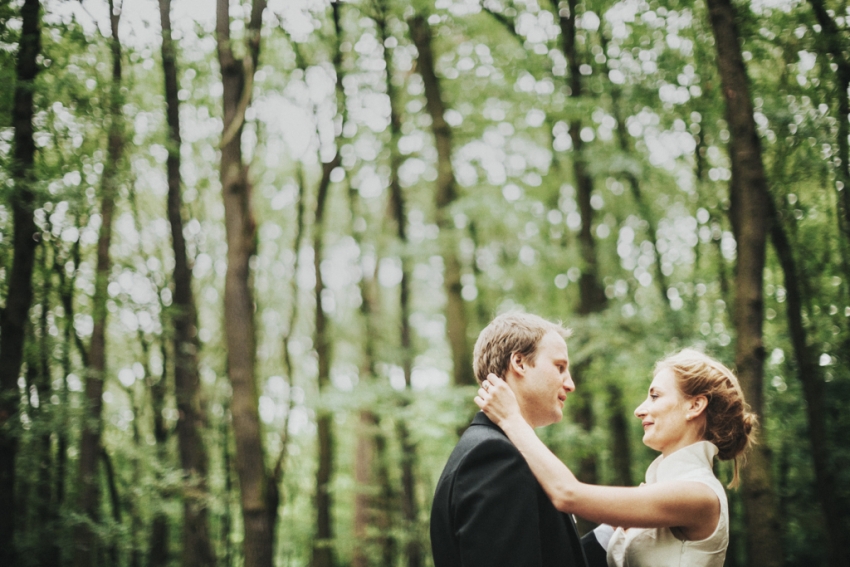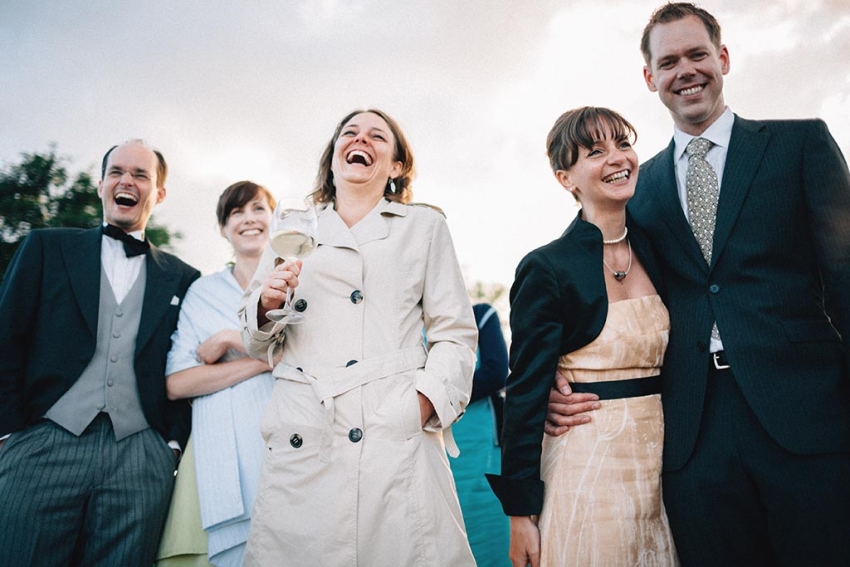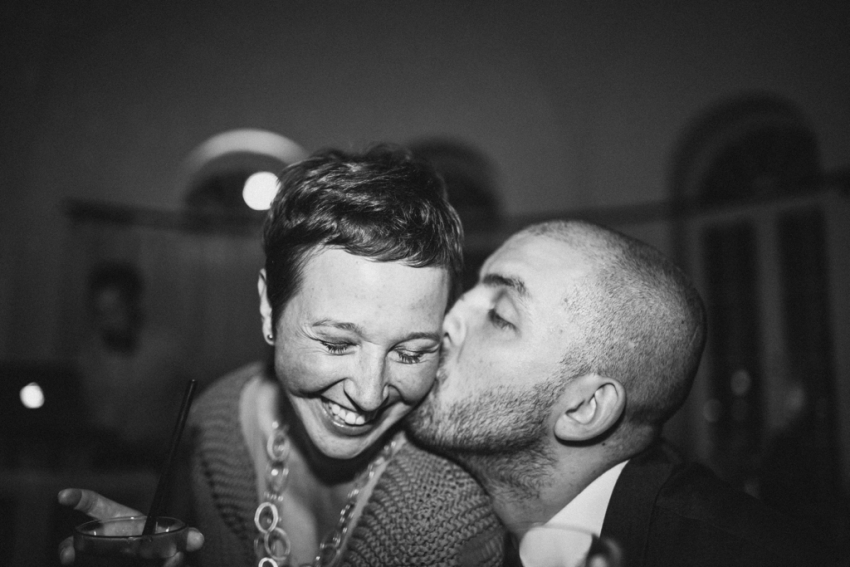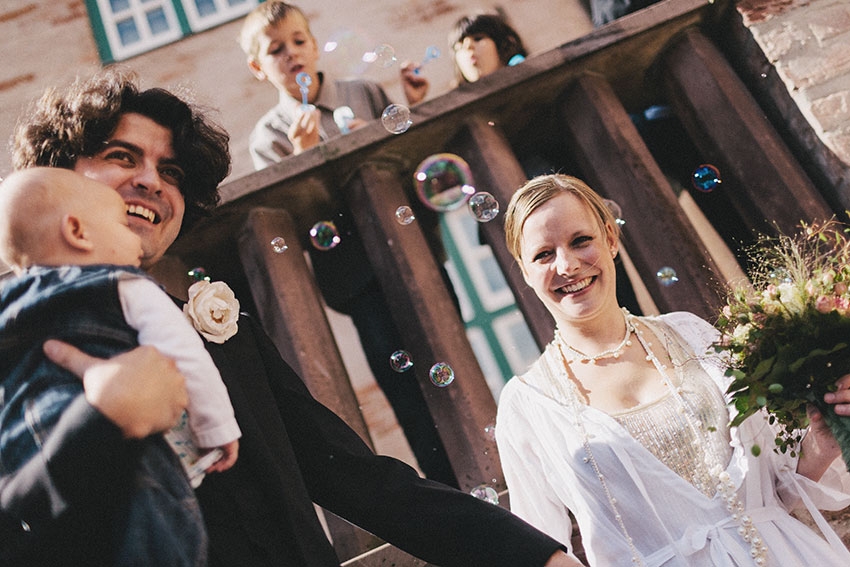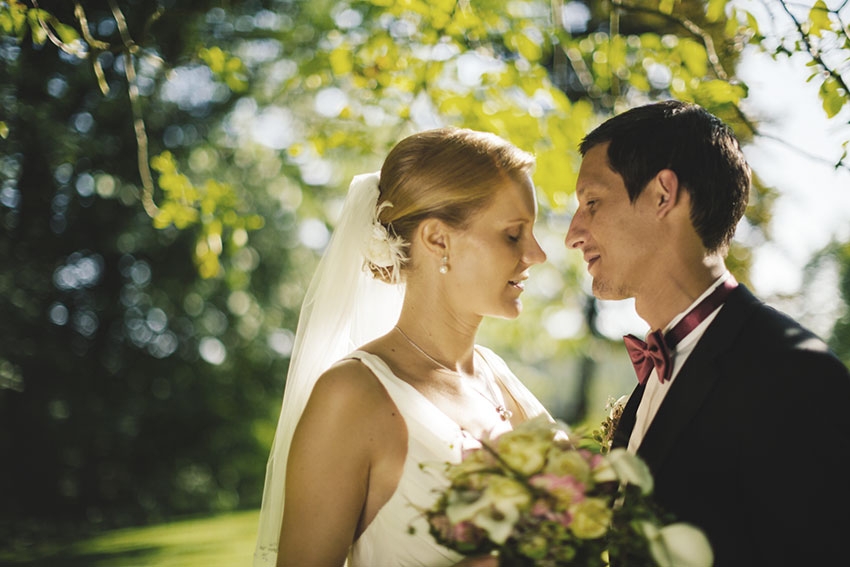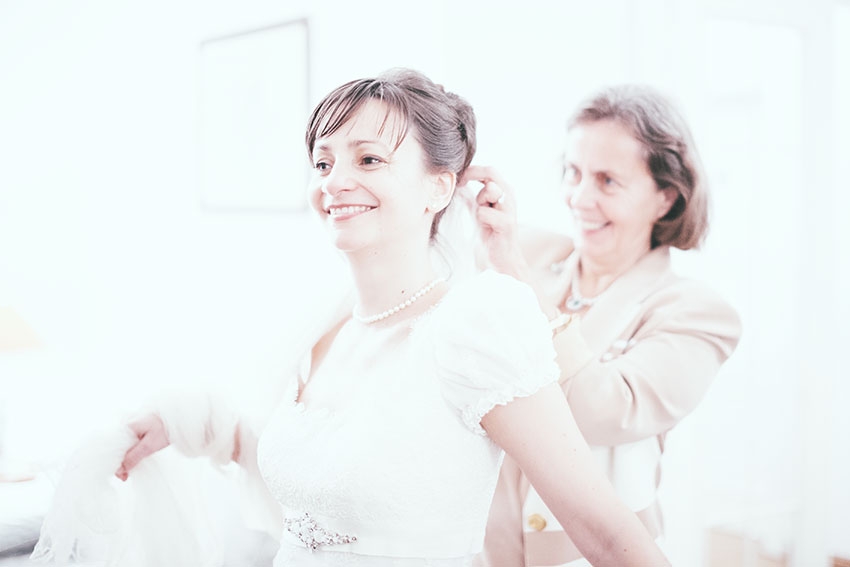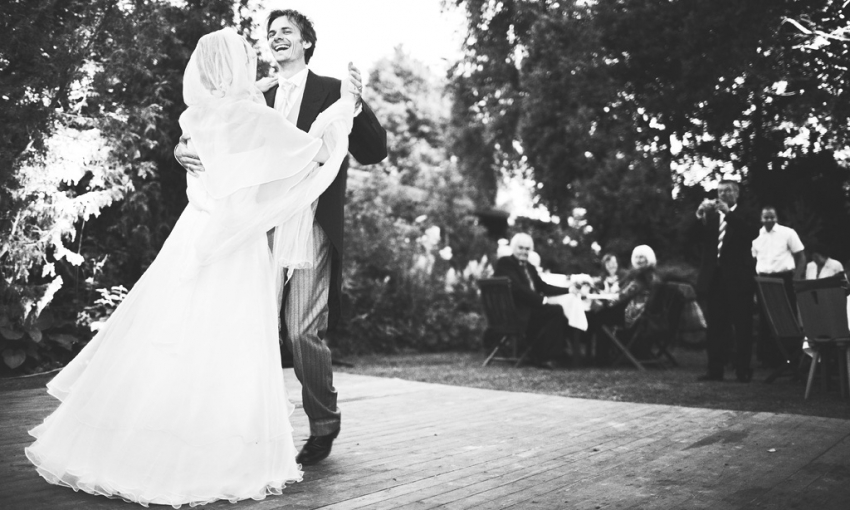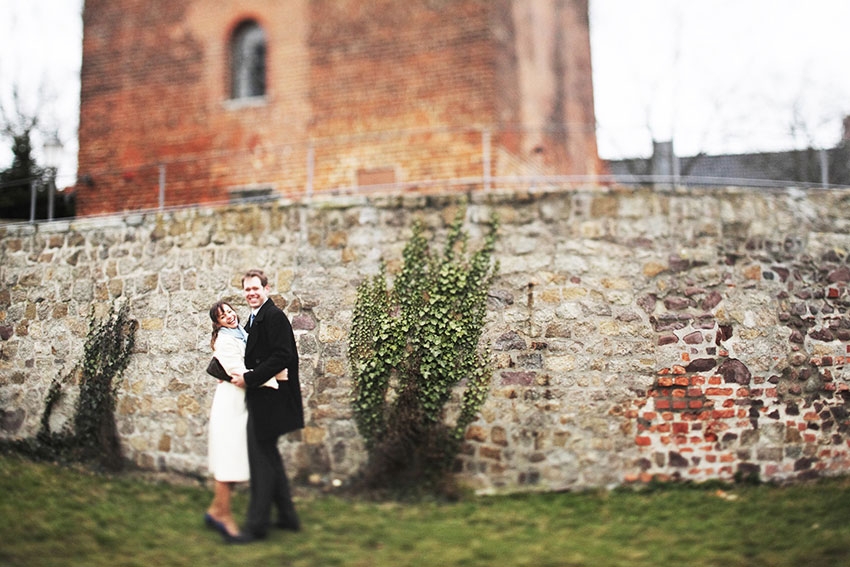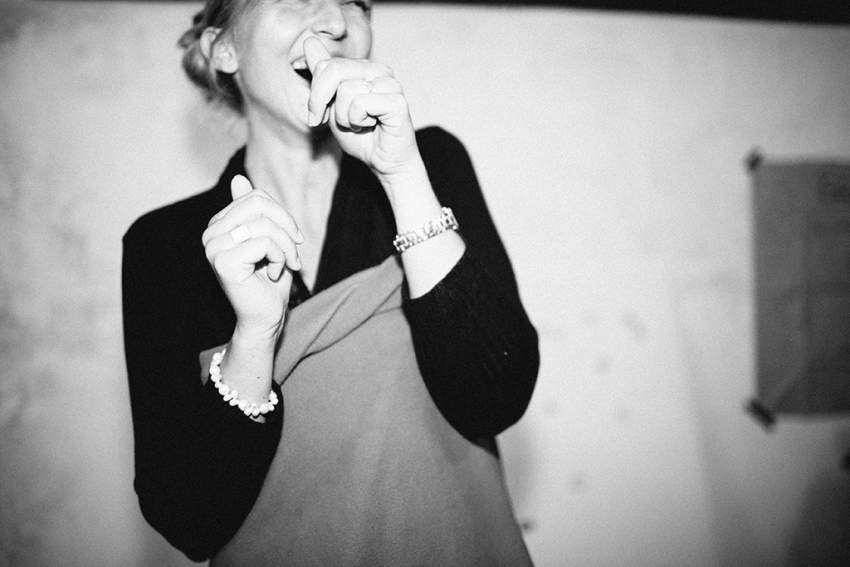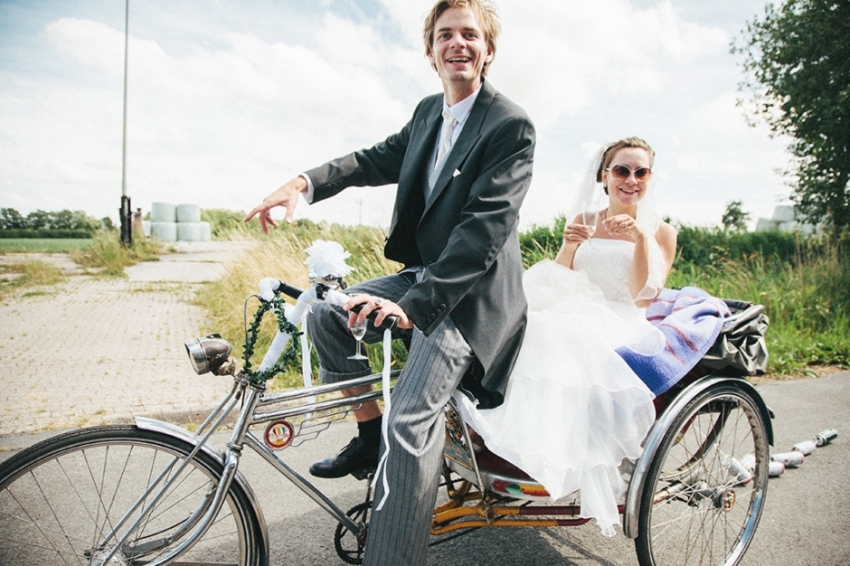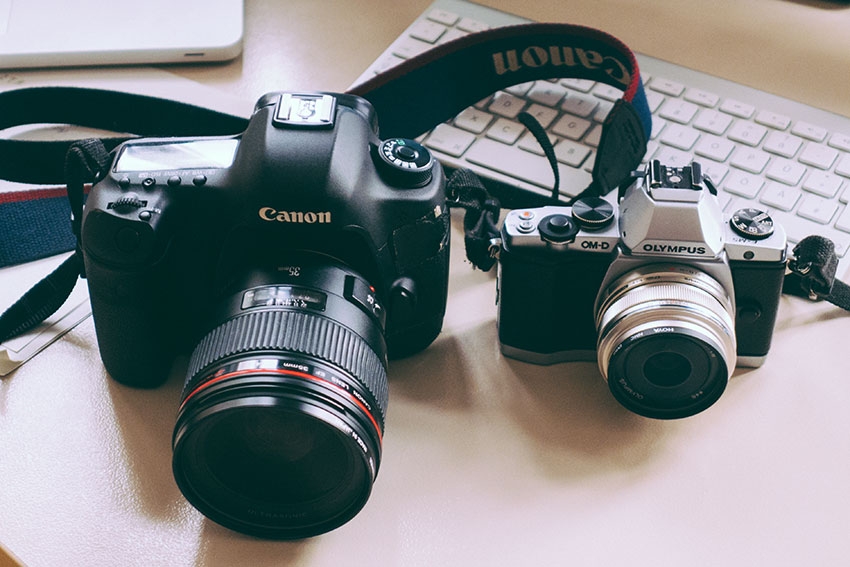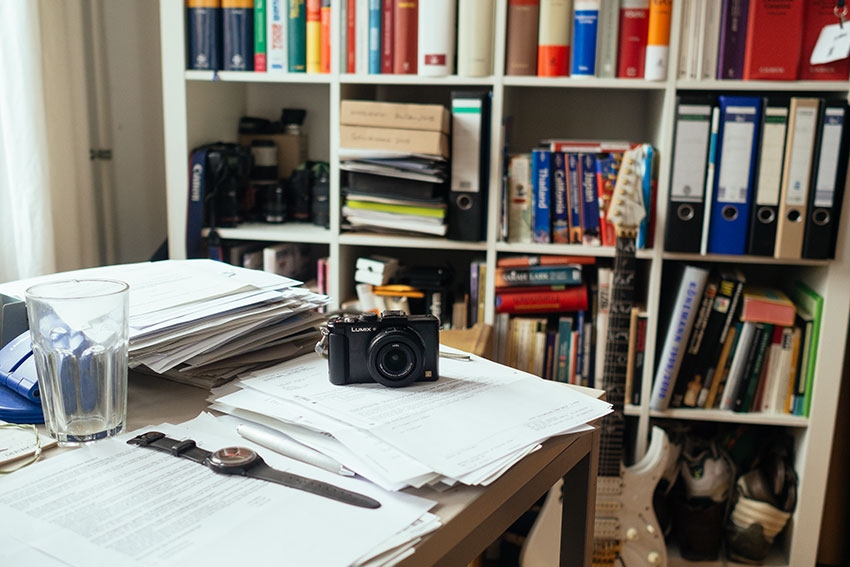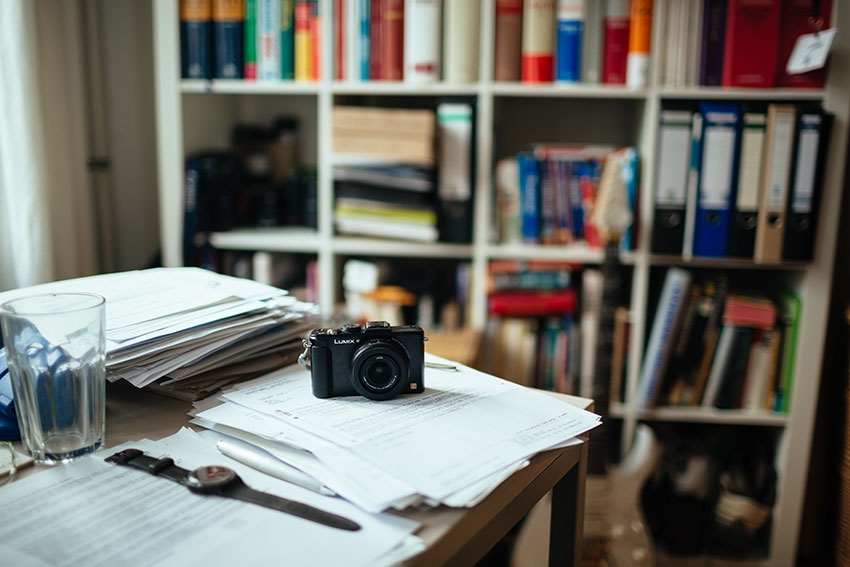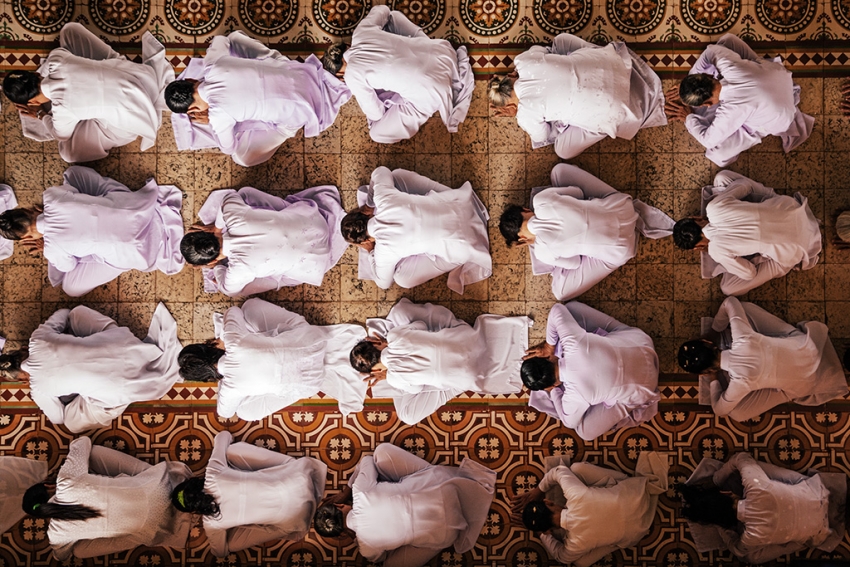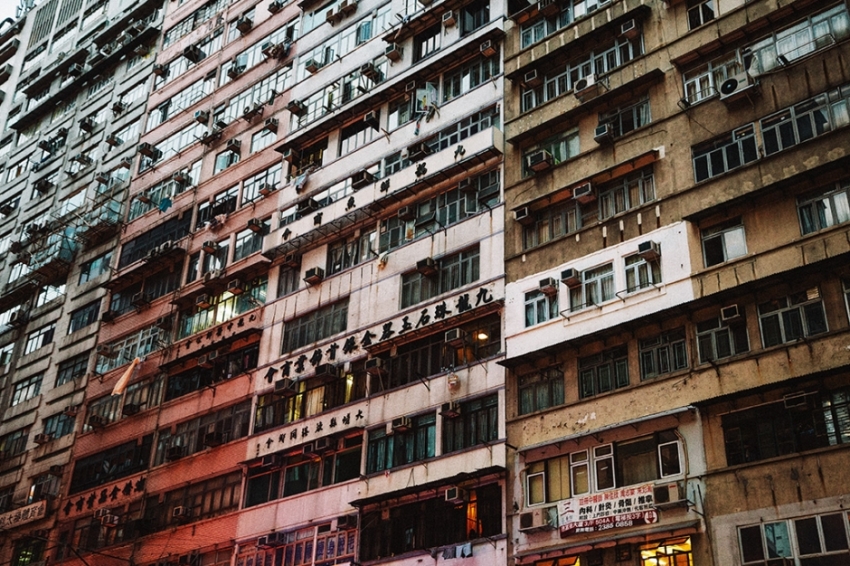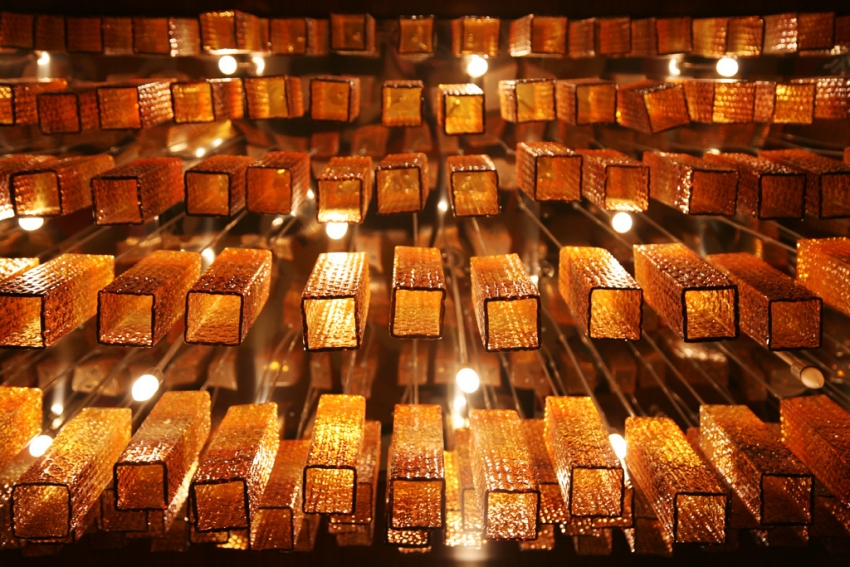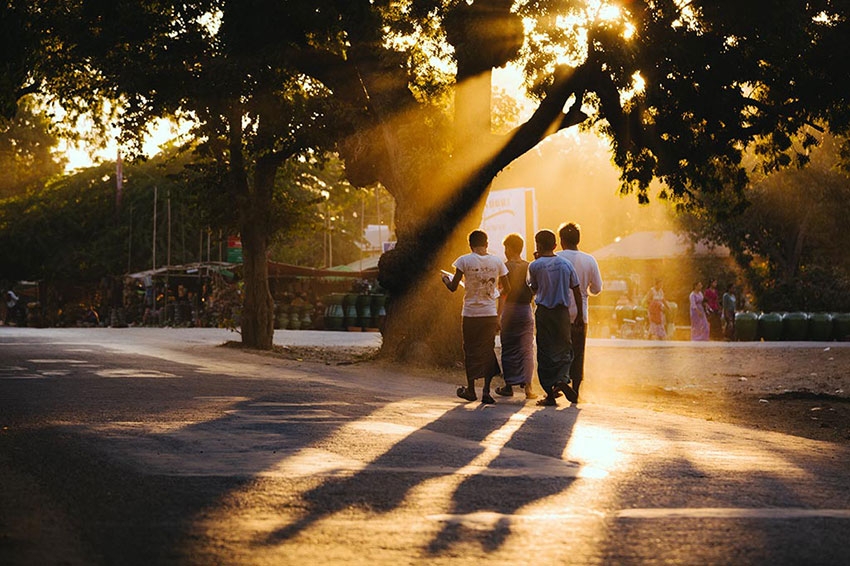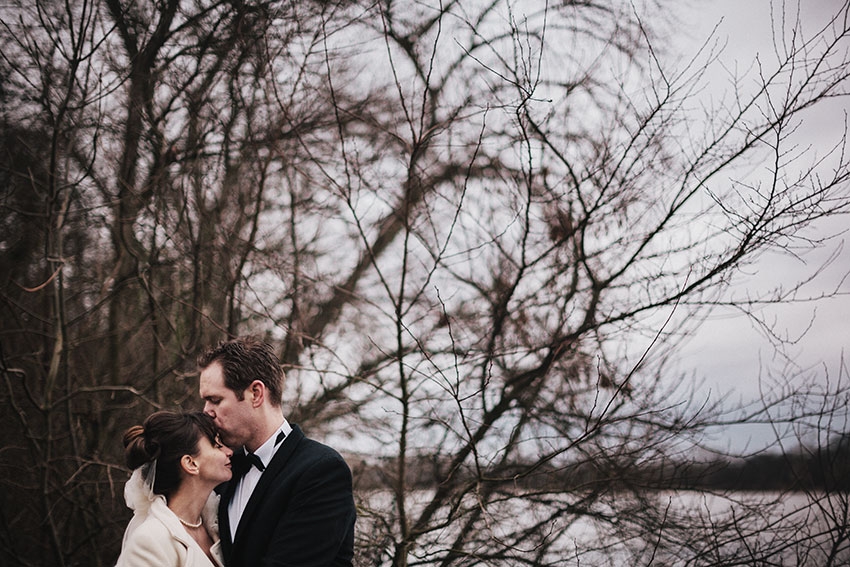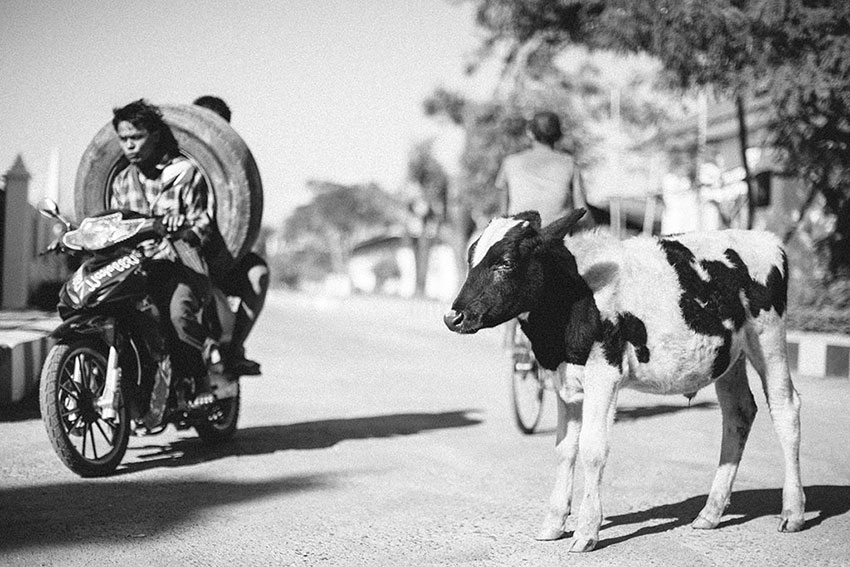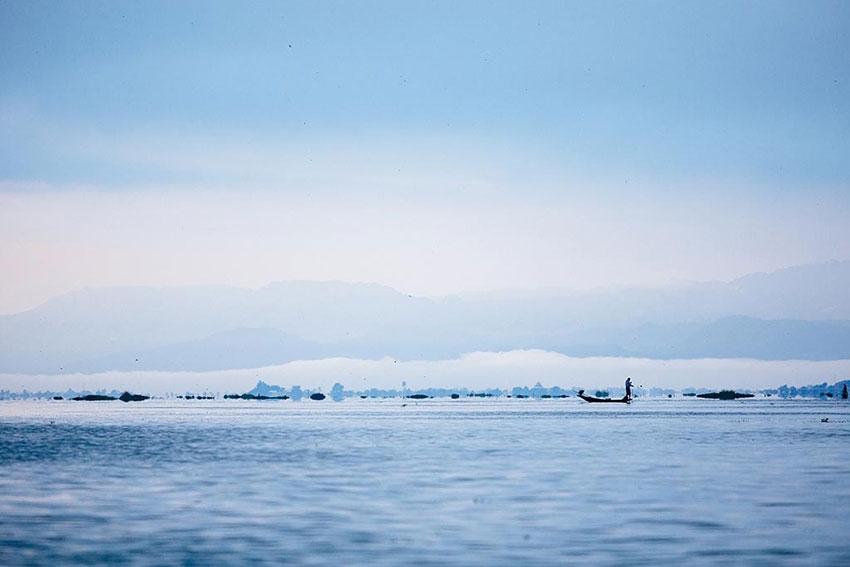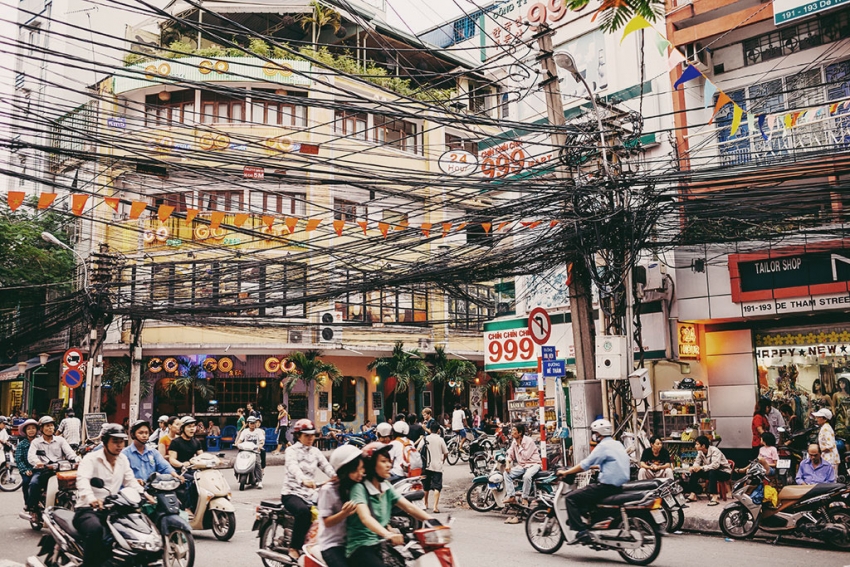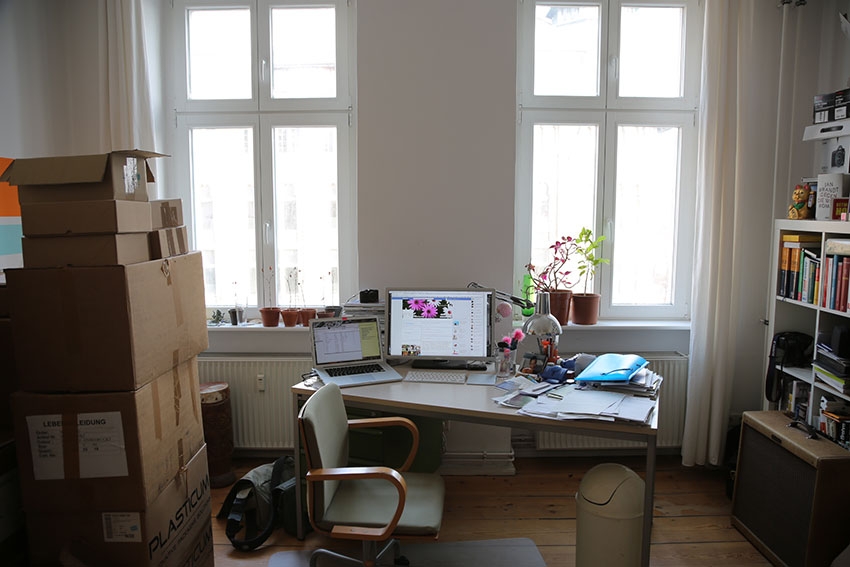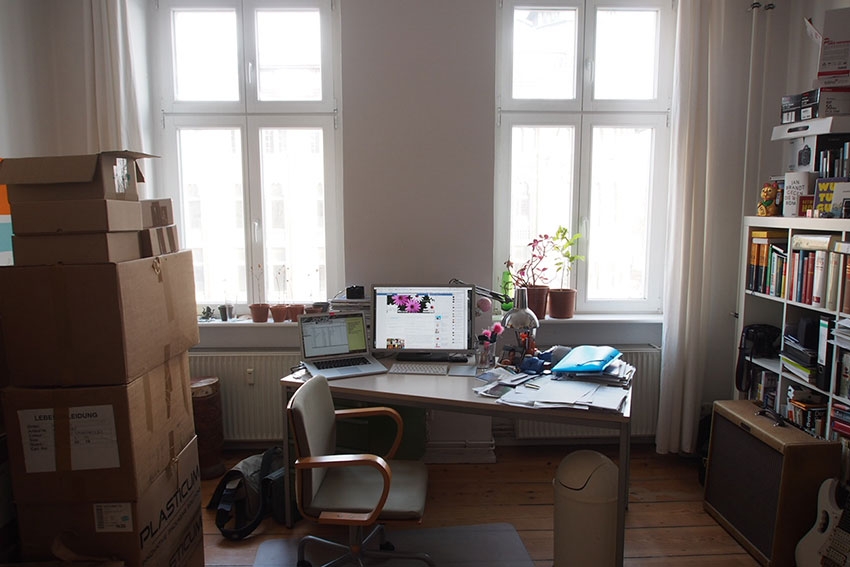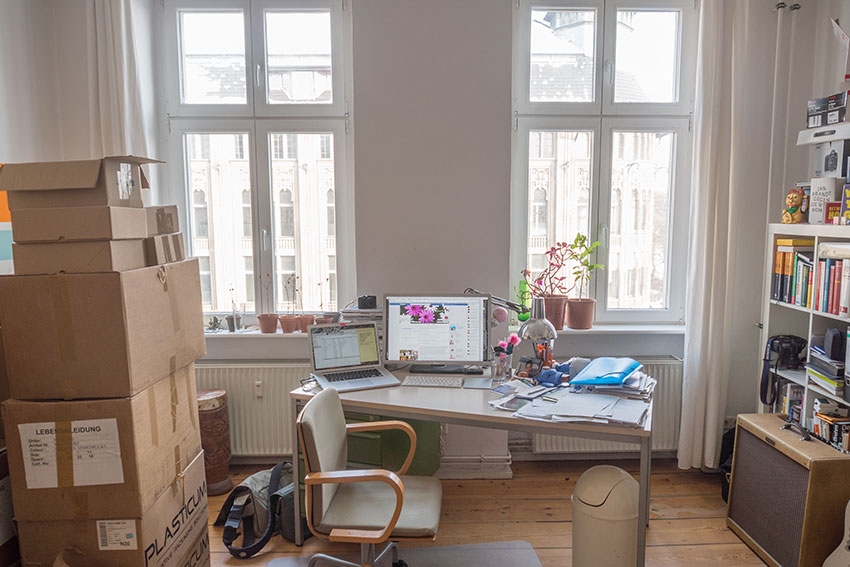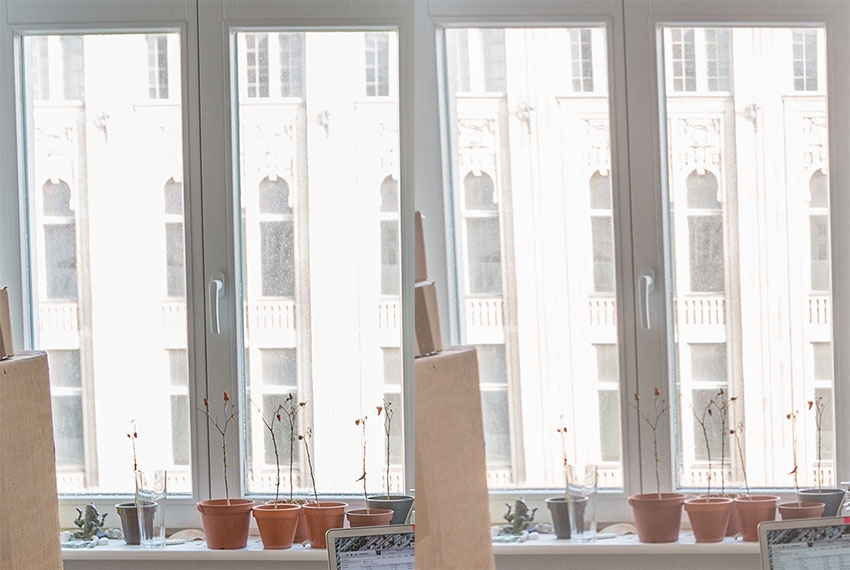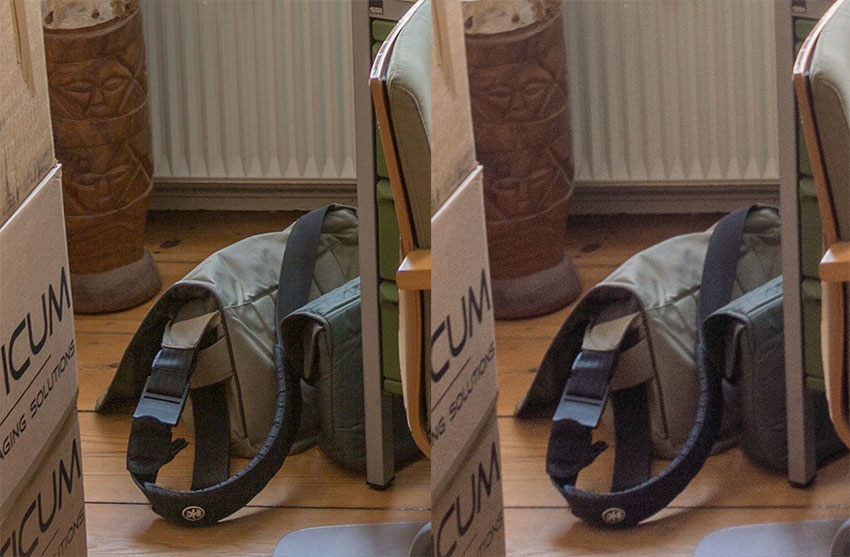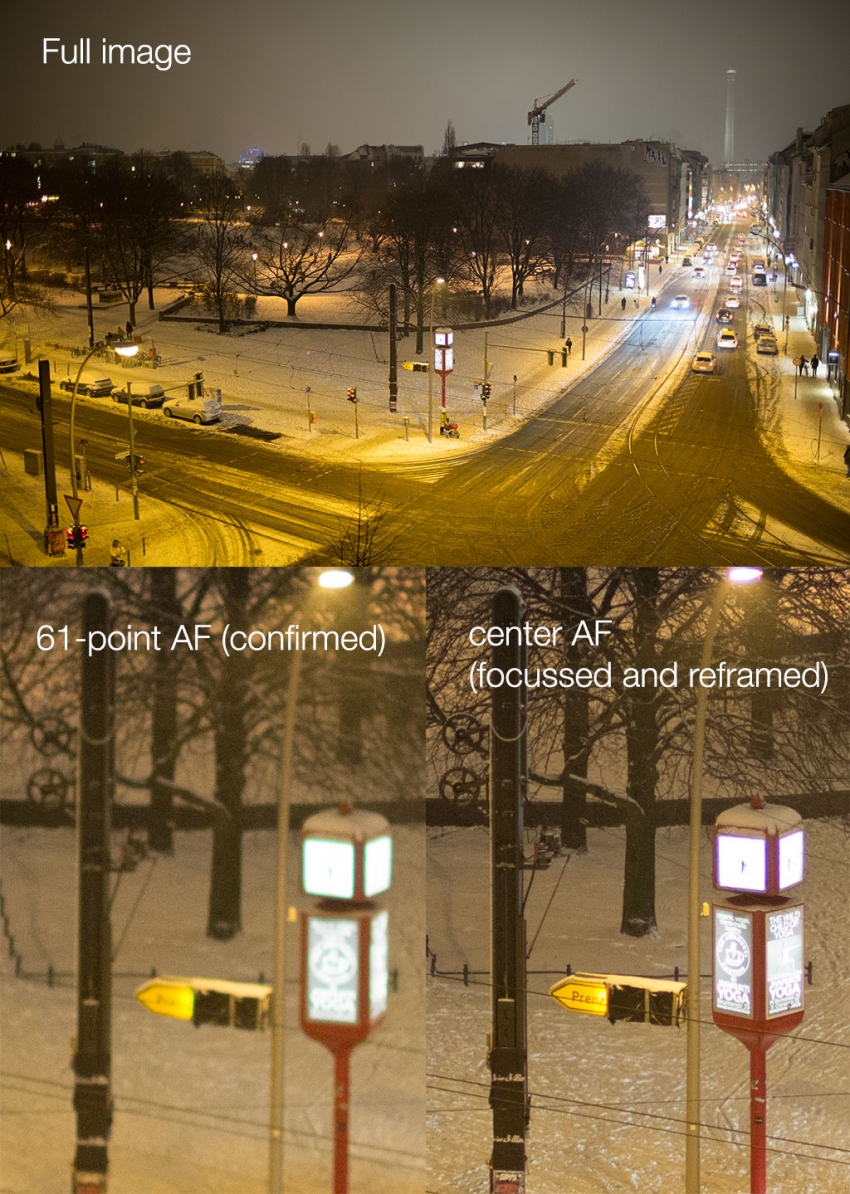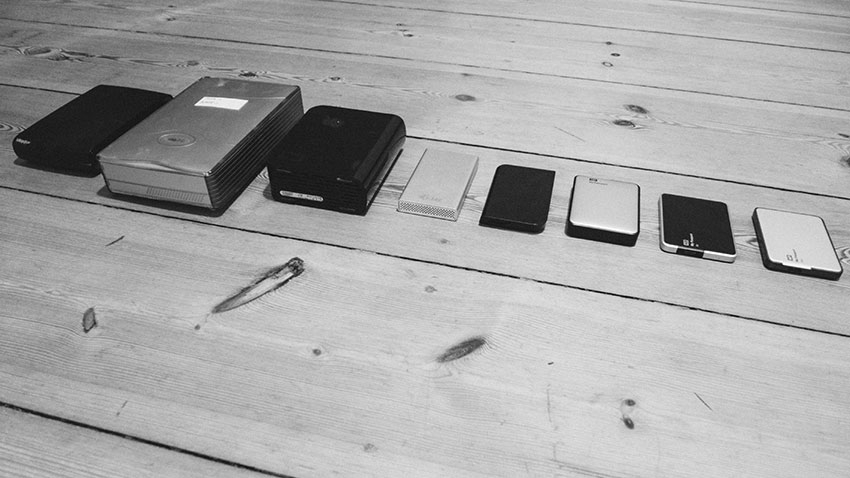
The following is for Mac users in particular but the same applies to Windows as well, I just can’t recommend any special programs for Windows at the moment because I’m not using it. You have to look it up and try yourself whenever I mention a specific program for Mac.
Ok, do you care about backups? Not really? A lot of my friends don’t and I am trying to explain now why it can be fatal and how easy and cheap it is to backup.
First of all, what is a backup? It’s a copy of your original data on a different drive, a different physical hard drive other than the one that is in your computer. Some people, friends of mine, say they didn’t have valuable data so they don’t care. But they probably haven’t experienced any hard drive failure or let down before.
If the hard drive of your main laptop fails all your data stored on it is gone. Sometimes it would be possible to recover it but cost would be enormous so I don’t take that into consideration. If you haven’t backed up your data, all your files will be gone forever. Even if I had no valuable data the snapshots I took with my cameras over the years are reason enough to backup because I would be incredibly sad if I lost them.
Hard drives fail from time to time, same as nuclear power plants. Not terribly often but of the 12 drives I bought over the years 2 seriously failed, and I’m only buying quality drives like those from Western Digital.
Ok, I recommend anybody to backup, letters, photos, files, personal documents, programs, downloads, which are all much to important to risk a complete loss.
How should you backup? Seriously, I keep at least 3 copies of all my data (including the Master copy of my computer), one at a different physical location than the other drives, plus I use Time Machine for constant backup of temporary files, Carbon Copy Cloner as Clone solution for my boot drive and Wuala as Cloud Backup. What does all this mean and why is it important?
Three different copies in general are important because we have to consider a hard drive fail. If it happens and you only got one copy left you already find yourself in an uncomfortable situation of relying only on the last copy. Just in case pure coincidence caused a drop of this last backup drive in a hurry or anything else went wrong you've lost everything as well. It’s very unlikely that two rare accidents happen at once but you never know. So three complete copies of your data is mandatory in my opinion, every extra copy is more of a prevention of unlikelihood.
It’s important to store one of the three copies at a different physical location as the others because there are cases where both or all three copies would go lost at once. One could be your house burns down, another could be all your stuff gets stolen from your flat. If that happened and you had all your copies at home you were screwed. A good and easy way is to store your third copy at a friend’s place or in a locker or your parents’ house. I am using an extra drive with the temporary third copy to bridge the times during which you can’t backup on the far away location. This transport drive is additionally helpful for rearranging storage or temporarily delete from one drive before you save to another for example.
What kind drives do you need? I’m buying Western Digital and trust them. Seagate seems to be good as well. I’m generally using three small 2,5“ drives (extra transport drive and Time Machine/Clone drive) to be able to take all my data with me and easily connect without need of extra power supply. Because 2,5“ are more expensive (small size) the other two drives I’m using are 3,5“ drives. They are much cheaper. You have to calculate how much data you have, how likely it will fill up, so how much you need in the future and give a little extra space on top. I have 1,8 TB of data in total so at the moment 2 TB drives are fine but I will have to extend storage space later this year again. Generally I would recommend to buy 1 or 2 TB drives, the bigger they are the cheaper they are per TB, there are also 4 TB drives. 1 TB drives are very cheap if that’s enough for you.
Alright, we got at least three drives now (including your computer). How do you back up now? The easiest way is to use Time Machine with Macs. You just plug the external drive in and set the drive as backup volume. Your Mac does the rest. If you keep the drive attached the Mac makes an updated copy every hour. It’s incredibly handy and gives you peace of mind. And you can set more than one drive as Time Machine Volume and backup to the other drives manually when you plug those in. It’s actually the easiest way. BUT, some people, for example Lloyd Chambers, say Time Machine was unreliable sometimes. He doesn’t trust Time Machine any more than as a constant temporary extra backup. I believe him and think it’s a good idea to use dedicated Clone programs for real backups. Another disadvantage of Time Machine is that it’s not bootable. In case of a faulty drive in your computer other programs let you boot from your external drive and you can keep on working without any loss at all. You simply swap the faulty drive and be set.
The safest way and best program I know is Carbon Copy Cloner for Mac or something similar for Windows. It doesn’t matter if you're using only one master drive in your computer or different partitions with a separate boot drive for system and programs like I do, so I need an extra backup drive for that.
My recommendation is to keep one drive attached for hourly Time Machine backups (you don’t need to do that, but I remember how annoying it is sometimes to be thrown back only a couple of hours). Partition your first backup drive into one Time Machine partition and one for regular Clones or use two separate drives for that. Use Carbon Copy Cloner once a day or whenever you think a backup was necessary. CCC makes a complete bootable Clone of your computer on the external drive. Do this Clone backup to the backup drive that you have in your flat, the Clone drive with the Time Machine backup partition, you may as well only use the Time Machine backup at home. I don’t do that as mentioned above, it’s a matter of personal security threshold. And use the fourth recommended transport drive to backup the third copy that you take with you all the time or leave it somewhere away from your flat, f.e. your office, during the times you can't do the proper third backup to the far away backup drive. Carbon Copy Cloner is not very practical for the far away drive because you might not always have your computer with you to do the Clone but the transport drive. You just copy the new files manually to the far away drive. The great thing about Carbon Copy Cloner and Time Machine itself is they make incremental Clones/Backups so they only add new stuff after you have run a Clone/Backup for the first time, that makes it pretty fast, too, especially when you have USB 3.0 connection.
If you buy a WD drive they come with hardware protection so you can set a password to make access to your data reasonably difficult. If you really have valuable data that nobody else should be able to see use TrueCrypt, a program that lets you encrypt your drives with the latest security standards. I have my mobile drives encrypted with AES-256 encryption. Nobody who finds the drive will be able to access.
Phew, what else to tell, let me summarize to make sure I got everything.
Summary:
1. Calculate how much data you have and how much you need in the future. Buy at least two (ideally three backup drives, one small transport drive) of f.e. 2 TB each, one 2,5“ and one 3,5“ (about 200 €).
2. Partition the drives or use separate drives for Clone and Time Machine, recommendation: Set the mobile 2,5“ drive to one partition using Time Machine, f.e. 500 GB.
3. Let Time Machine make a backup on the mobile 2 TB drive. Clone twice to the other partition or drive and the 3,5“ drive.
4. Now you got 3 copies plus Time Machine, your computer as the Master, a partition of the mobile drive as Time Machine drive and the other partition as first external Clone backup and the 3,5“ external drive as second Clone backup of your Master computer. You may include a transport drive as fourth drive for rearranging drives, deleting and as temporary backup drive.
5. Leave the mobile drive attached to let Time Machine make constant temporary backups and clone once a day or whatever you consider an appropriate interval to make clones to the other two drives. Use the fourth transport drive to bridge the times you can’t backup to the far away drive.
SORTED!
Hope it helped.
Keep it safe …
KIKI
